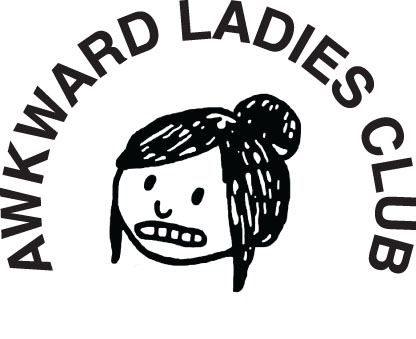THERE IS NO SHORTAGE OF WHEAT
For the group portfolio Chute Edition Two
Risograph, 2021
Chute Edition Two was released as part of Art Kala 2021 and marks the one-year anniversary of the formation of Chute Studio. For this edition, twelve Bay Area artists were asked to reflect on their experiences over the 12 months that followed the announcement of Shelter in Place in March 2020.
Chute Studio was formed in 2020 by myself and Zach Clark as a space to expand what was possible in our individual studios and create a space that could foster greater community and collaboration, qualities in short supply while people have been forced to stay distant. Even in a time of overlapping crises, we’ve seen first hand the value printmaking has in keeping communities together while apart.
QUORUM SENSING
For the group exhibition SWARM at Kaskadenkondensator Gallery in Basel, Switzerland
Etching & Letterpress, 2016
Quorum sensing is a process that enables bacteria to perform energetically expensive tasks collectively, but only when the impact is maximized.
This piece is a visual representation of the bacterium Pseudomonas aeruginosa and an examination of the concept of swarming, or the collective behavior of a group of individuals. P. aeruginosa is a causative agent of disease in plants and animals, including humans. However, these bacteria are infectious only when a critical mass of individual cells are present. Quorum sensing is the mechanism by which bacteria detect the density of the local population, triggering the expression of genes necessary for infection only when the appropriate number of bacteria are present. This ability to act as a swarm is considered to be a sign of microbial intellegence.
From Edition/Basel:
Artists working in intaglio, relief, lithography and letterpress techniques participated at the Druckwerk Printmaking Studio in central Basel, Switzerland, from July 11 to July 22, 2016, concluding with an exhibition at the Kaskadenkondensator Basel Gallery. Swarm was the theme, chosen collaboratively and interpreted individually by participants during their time in the workshop.
INVISIBLE FORCES: AMY BUREK & KATE MINK
Exhibition, 2015
From the curator:
Microbes and memory can both play tricks on a person’s senses prompting one to momentarily act, think, or feel differently – unlike themselves – be it through an undetected illness or ambiguous yet intense recollection. Genetic code and photographs, on the other hand, reaffirm who we are in a conspicuous, tangible way, as physical evidence of evolution, familial lineage, and personal history. Two
mixed-media artists, Amy Burek and Kate Mink use these corporeal phenomena to creatively manifest the invisible forces that influence us, whether hereditary or imaginary. Although these artists’ subject matter seem at odds with one another, they are equally mysterious and awe-inspiring. Together, Burek and Mink reveal that perhaps the distinction between the magic of twenty-first century biosciences and the beliefs of nineteenth century Spiritualism is less perceptible than we thought.
Curated by Toni Gentilli
Visit The Compound Gallery for more information
THE FIRST HUMAN GENE
Installation, 2013
Beginning in the early 1980s, a worldwide search began to find the causative gene behind the inherited disorder cystic fibrosis. Looking at the genetic makeup of many families that carried the cystic fibrosis trait, it was determined that the gene existed on a particular region of chromosome 7.
Molecular cloning was used to isolate a number of large, overlapping DNA fragments that made up the cystic fibrosis gene. Once these pieces of DNA were sequenced, they could be arranged together to determine the complete sequence of the gene. In 1989, Jack Riordan and his colleagues published the sequence of the gene they named cystic fibrosis transmembrane conductance regulator (CTFR ).
In healthy individuals, the CTFR protein sits in the cell membrane and moves ions in and out of cells. In individuals with cystic fibrosis, mutations in this gene lead to CTFR proteins that do not work properly or are quickly degraded. This leads to problems in the lungs, pancreas, and other organs.
For this installation, the first 400 nucleotides of the CTFR gene were arranged in order on a large scale. Individual letterpress prints representing the four nucleotides (adenine, tyrosine, guanine and cytosine) were printed in colors commonly used for the visual representation of DNA sequences in software programs. Without any decoding or interpretation, the nucleotides themselves create only a visual image.










